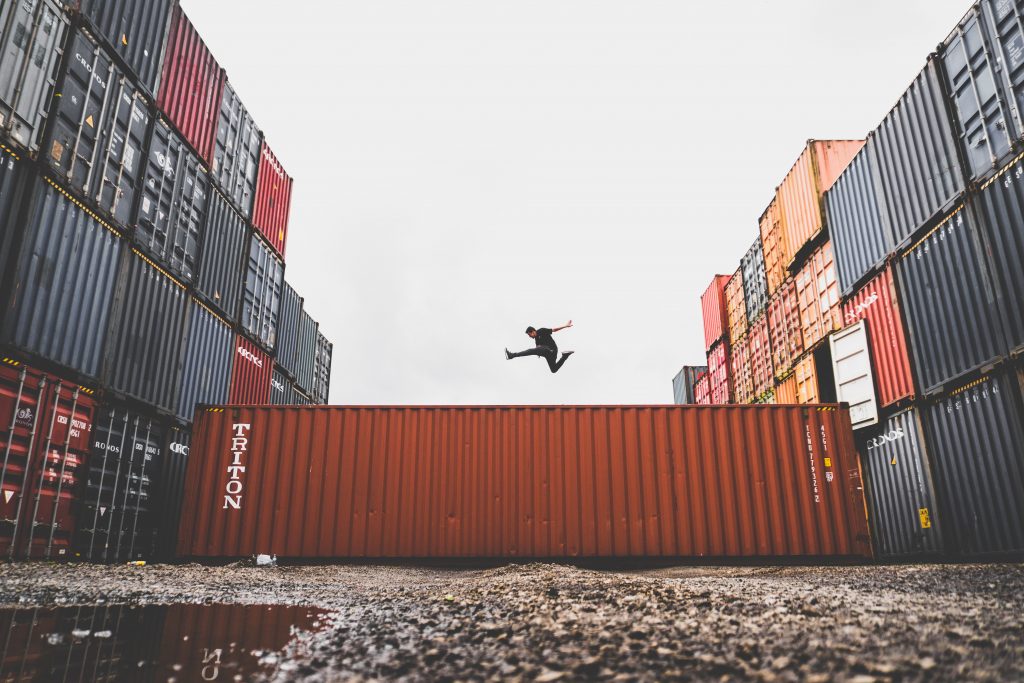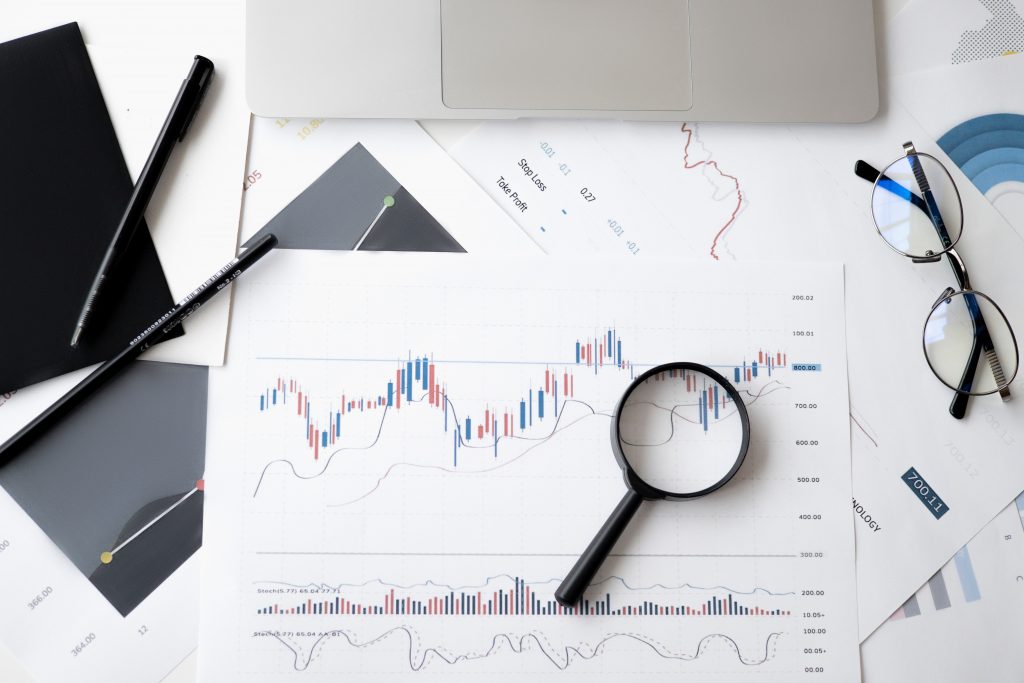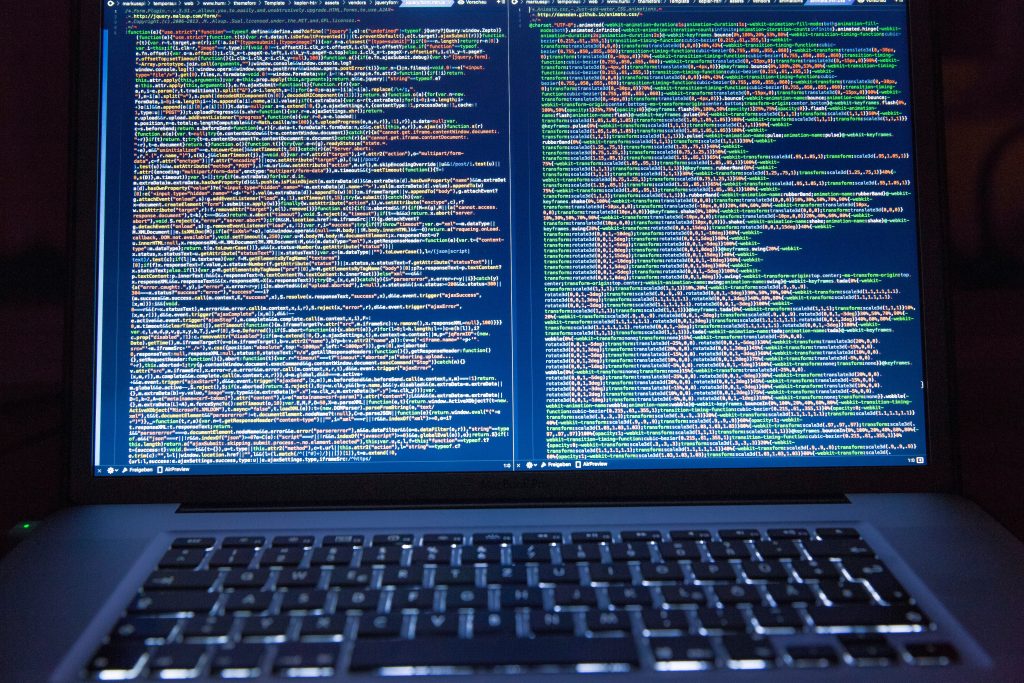Visualizations are meant to help storytelling
Humans are visual beings, and visual representations help us learn and grasp concepts and analyze data more effectively. The amount of data collected in every sector is continually increasing nowadays. Without the benefit of visuals, analyzing this large quantity of data in its raw form, from which one might try to find links, anomalies, and inefficiencies hidden in patterns, and obtain important knowledge in general, would be extremely time-consuming and likely unproductive. Data visualizations portray information by combining a range of charts, graphs, and pictures with readable text, as well as curating and properly representing complicated data. The primary goal of visualizations is to aid narrative by reducing noise and emphasizing valuable information, as well as to assist the viewer in comprehending information, analyzing data, drawing conclusions, and making decisions.
The way to visualize effectively
Given the enormous pace and volume of incoming data streams, a visual layer of abstraction is often required to aid with data interpretation and decision-making processes. Consider that not all visuals are suited for all data types, therefore selecting the proper visualizations is critical for effective and correct data interpretation. What sorts of visualizations are acceptable for a given situation are determined by a variety of factors, including the nature and volume of the data, the aims of the study, and the user’s level of skill. In most situations, it is the relationships between data that transmit information, not the data itself. The ability to balance form and function makes a collection of visualization approaches useful. We must keep in mind that balancing the characteristics and variations of the data, as well as the potential that each approach has in order to get the best representation, presents its own set of obstacles. As a result, an effective visualization might be critical in understanding and making the most of the available data, as well as in facilitating the decision-making process. However, the opposite might occur, as there are several circumstances in which incorrect user decisions may result in interfaces that are only sufficient or useless if appropriate visuals are not used.
Visualize what you need to see.
Presently, independent of his data management or creative talents, anybody may experiment with and transform information into visualizations thanks to a plethora of low-cost tools and chances. Although this encouraging fact familiarizes the user with data visualizations and verifies their value, it also fosters the temptation to represent data without first defining the true objective and without taking data characteristics into consideration.
That being said, the information that one is looking for plays a decisive role both in the tool that he will use and in how he will use it. The same goes for analysts of cyber threats as well as they must comprehend large amounts of complicated, high-velocity data from throughout their firm. They must choose which of the billions of notifications issued each day require an instant reaction. They must be able to detect and forecast fast-evolving threats from a variety of unexpected sources. Such a job is quite difficult, especially when the presence of a supply chain further expands the field of search and analysis.
The forensics visualisation toolkit used in CYRENE
ZELUS’s involvement becomes significant for CYRENE at around this point. ZELUS brings its innovative toolset for digital forensics analysis and threat hunting (Digital Forensics Toolkit). In digital forensics data must be stored and organized in such a way to allow correlation patterns, relationships, etc. to be identified and included in the repository. In most cases it is the linkages between the data that convey information and not the data itself. Hence, an effective forensics visualisation tool should make the discovery, creation, and presentation of these correlations as easy and as natural for the analyst as possible. Especially in rapidly changing situations, the ability to focus on the important is key to establishing situational awareness. DFT enables relationships between physical and cyber security data for increasing risk awareness and treat hunting. In CYRENE, forensics visualization is an important aspect of delivering the conformity assessment evaluation results, as well as for assisting better threat monitoring and assessment for a supply chain and its services.
As a conclusion to all the above, it stands to reason that effective visualisation of cyber threats and cyber attacks can be of great assistance to empowering the cybersecurity protocols of supply chains and supply chain services. In the framework of CYRENE, the Digital Forensics Toolkit by ZELUS at that.
Attribution:
Images for the article provided by Pexels
So what do you think? Would your organization use the CYRENE with ZELUS Digital Forenscics Toolkit technologies? Reach out to us and share your views either by using our contact form or by following our social media accounts in Twitter and LinkedIn.
Don’t forget to subscribe to our Newsletter for regular updates!
This blog is signed by: the ZELUS team
KEY FACTS
Project Coordinator: Sofoklis Efremidis
Institution: Maggioli SPA
Email: info{at}cyrene.eu
Start: 1-10-2020
Duration: 36 months
Participating organisations: 14
Number of countries: 10
FUNDING
 This project has received funding from the European Union’s Horizon 2020 Research and Innovation program under grant agreement No 952690. The website reflects only the view of the author(s) and the Commission is not responsible for any use that may be made of the information it contains.
This project has received funding from the European Union’s Horizon 2020 Research and Innovation program under grant agreement No 952690. The website reflects only the view of the author(s) and the Commission is not responsible for any use that may be made of the information it contains.




